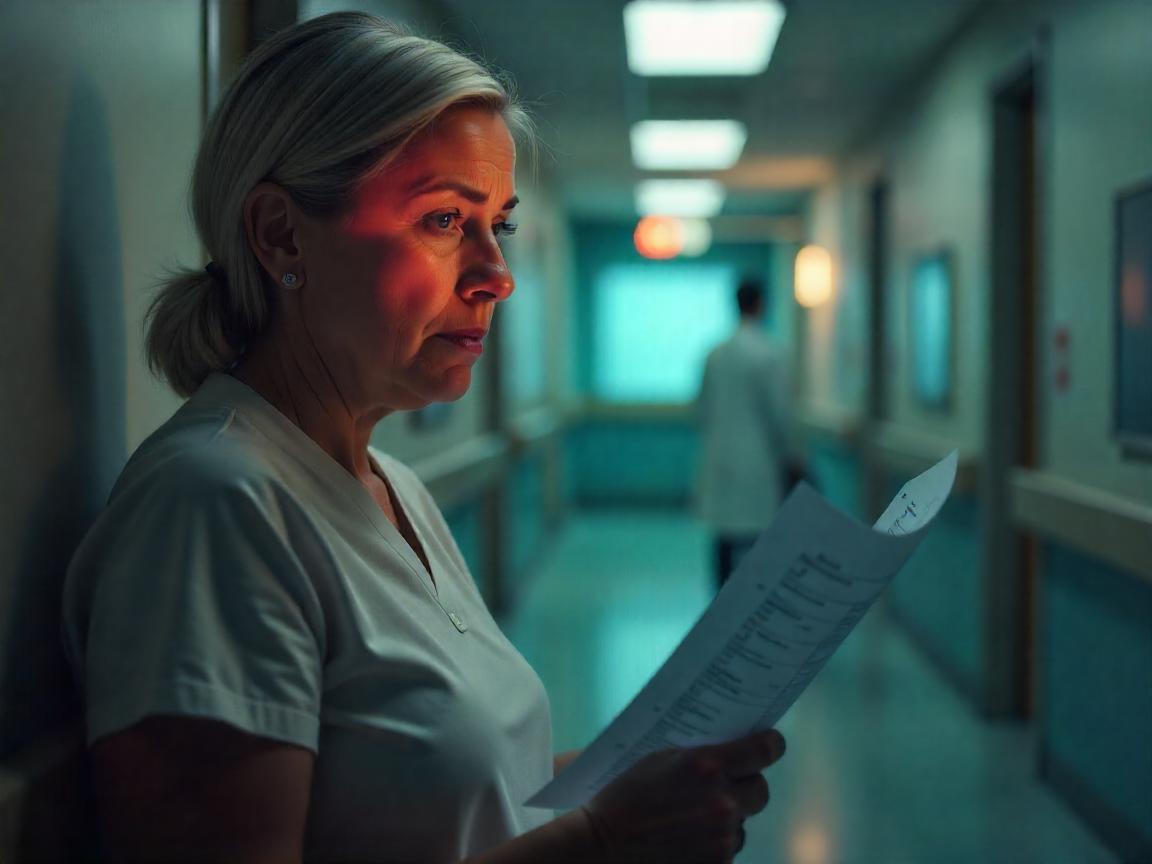
Introduction: The Invisible Epidemic Claiming Healthy Lives
Silent cancers early detection: It began by heartburns, now and then. That was followed by unexplained weight loss. When Lauren Cross had a CT scan when she aged 38, she already had a spreading pancreatic tumor. Her experience is not isolated as it was mentioned in a 2024 Washington Post investigation. Pancreatic, ovarian and aggressive prostate cancers are increasingly proving to be the cancers that slip through the net of routine check-ups, as pancreatic and ovarian problems, and akin to aggressive prostate cancer, are only diagnosed at late stages when they are incurable.
Why? Modern medicine is excellent in treating identified cancers but not the ones that are in hiding. An article in Lancet Oncology showed that forty percent of the so-called silent killers of cancer never show up in standard exams until they create symptoms and that is too late. This is not merely bad luck, this is a systematic failure of our methods of malignancy screening.
The Stealth Tactics of Silent Cancers
The tumors in the pancreas can develop in ten years of pain. Bloating is the disguise of ovarian cancer and half the women ignore the symptom. And prostate cancer? According to the data by JAMA Network, the PSA test missing rate of aggressive cases is up to 15 percent. These are cancers which take advantage of gaps in biology:
- No precautionary symptoms: Until the pancreatic malignancies are advanced, they do not cause the clogging of the bile ducts.
- Ambiguous signs: Ovarian cancers are known as a whispering disease since they give subtle clues.
- False-security: Normal PSA does not exclude aggressive forms of prostate variants.
Case Study: Chadwick Boseman, the lead in the film Black Panther, passed away due to stage IV colon cancer at the age of 43 yet autopsies revealed that his cancerous tumor had been silently growing since 710 years. His case highlights a barbaric fact: The existing tools are no longer useful to cancer biology.
Why Today’s Screening Tools Are Falling Short
Just think of a security camera which only sees burglars when they have taken all the goods. This is the truth about cancer screening nowadays. Mammograms and colonoscopies do save lives, but they are anatomy-based and as such are useless for cancers that do not produce a mass that can be detected early. Consider:
- Tests such as CA-125 and PSA are blood tests that give false alarms and misses, and therefore leaves the patients in the dark.
- CT scans are not able to detect sub-centimeter tumors the very time when they might be cured.
- Most of the cases are spontaneous, and genetic testing is of assistance to a minority of the victims such as BRCA carriers.
Expert Insight:
One USC oncologist, Dr. David Agus, went so hard on STAT News:
We have got a flip phone in an AI world. What we require is not a test to identify when cancer shrieks but when it goes inside the ring of loudness to a softer cry.”
Breakthroughs on the Horizon—But Are They Accessible?
The sniffing out of tumor DNA in blood, using liquid biopsies, might be the game-changers. According to Nature Medicine, Galleri test made by Grail is used to detect 50+ cancer when they are still in their early stages, even though it is very expensive at 949 dollars, which no one can afford. Meanwhile:
- The AI is even learning to forecast risk: the Sybil model at MIT predicts lung cancer 6 years in advance through CT scans.
- Protein biomarkers: A Johns Hopkins team discovered a 5-protein ovarian cancer signature with the accuracy of 90 per cent.
- Prostate cancer urine tests: Prostate cancer through ExoDx Prostate Test will eliminate unnecessary biopsies by 27 percent.
However, there is a twist: On the one hand, there is not enough clinical-time innovation. An editorial in 2024 in the NEJM stated that in the U.S. advanced early-detection tools are available in just 8% of hospitals.
The Human Toll: When “Normal” Results Hide Disaster
As a nurse, Sarah Bennett trusted her yearly check-ups- until stage III ovarian cancer hit her. She said that her CA-125 was normal. It had been spreading at the time I was pushing to get a scan. There are thousands of her experience:
- Only one in every five pancreatic cancers can be treated surgically when patients are diagnosed- the other 80 percent are incurable.
- One out of every 41 men is murdered by prostate cancer and, most of the time, this is the men who had low-risk PSA scores.
- The prolonged late detection of the disease has stalled the survival of ovarian cancer after 30 years.
Personal Perspective:
One of the surgical oncologists (who asked not to be named) told:
The best thing about it? Most of the terminal patients had done everything right. We were a failure in our system to them.”
Conclusion: A Call for Smarter, Sooner Action
Silent cancers are getting ahead of us because we use yesterday weapons. Waiting to see the symptoms is a death sentence to these diseases. What is the solution to this?
- Require insurance cover on multi-cancer early detection (MCED) tests.
- Invest in research-just 3 percent of all the cancer budgets are being used to detect cancer early.
- Believe your body: whenever something does not feel right, do not accept blood testing, demand imaging.
This is especially given that, as it is being recently presented by WIRED, early detection is not a luxury; instead, it is the matter of life or eulogy: Are we going to take actions before more lives are taken?
Thoughts? Are liquid biopsies free of charge to the high-risk patients? Share below.